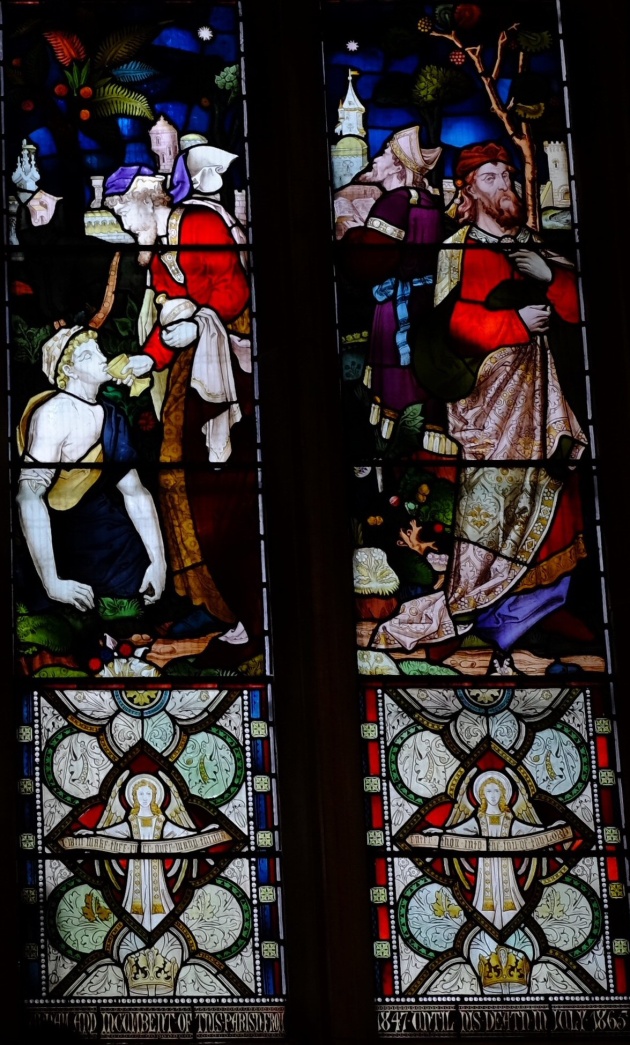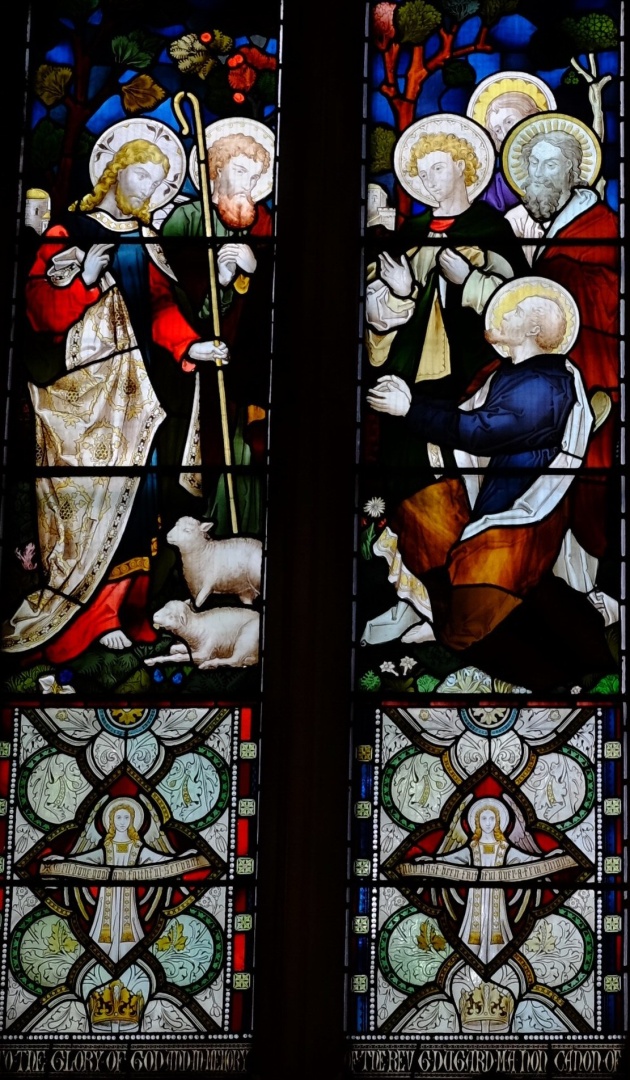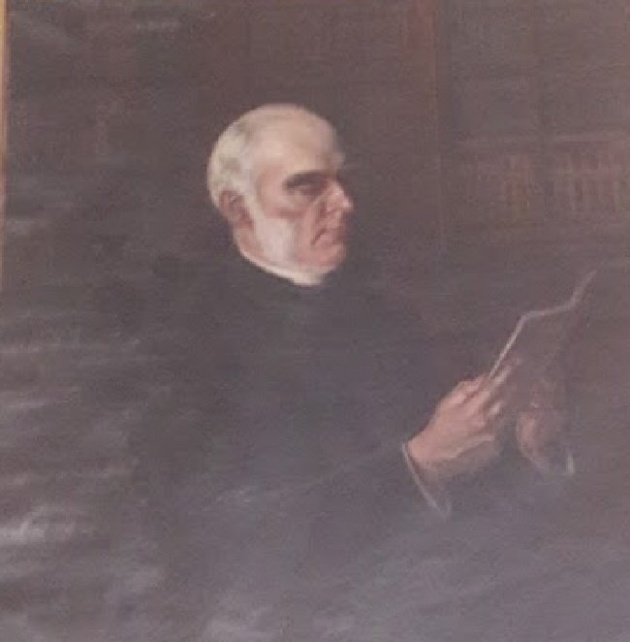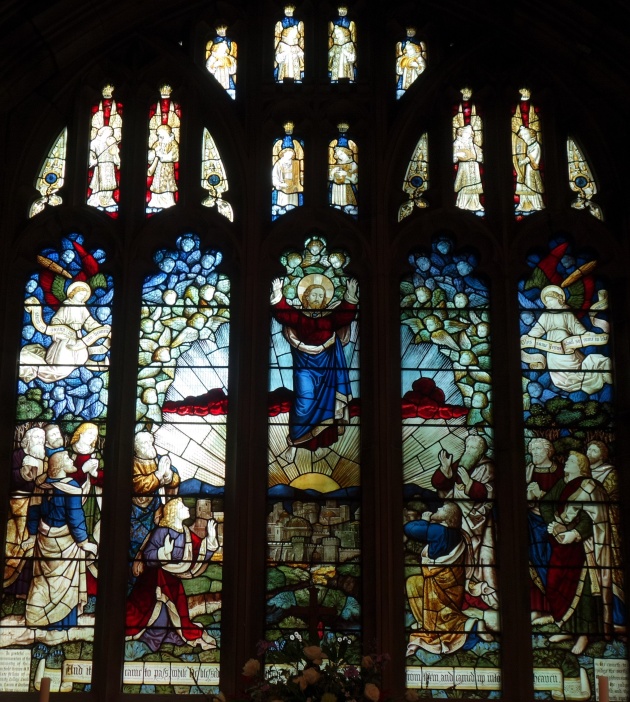St Mary's vicars - Victorian Era
Drastic events in the 19th century brought about huge changes to St Mary's, both socially and in its fabric. With work begun in earnest by its last 'curate' Revd. George Dugard, its first official 'vicar', Revd. Frederick Brown and a band of workers carried forward the life and mission of St Mary's, inside and outside its curtilage.
Victorian Era
1847-65 – George Dugard. Educated at St John’s Cambridge, Dugard arrived after a curacy in Ancoats, Manchester which had endured a cholera epidemic. Within two years Barnard Castle faced its own epidemic: from August to October 1849, 377 people became infected and 145 people died, 143 of them from the poverty-stricken housing close to the river. A key employer, John Pratt also died, his carpet mill closed and 300 lost their jobs. Dugard conducted all the funerals himself, fearing the task would be traumatising for his assistant sub-curate. He tended to the sick and dying, and even ran a soup-kitchen for those afflicted, lighting their fires and dressing their children. By 1850 he was made a Canon of Durham Cathedral and elected chair of the town’s new Board of Health, and whilst he met some opposition for his ideas of ‘improvement’ of the town’s welfare, he inspired his parishioners by his service and self-giving.
Although in ill-health throughout his ministry in the town, Dugard oversaw the creation of a new detached churchyard and the building of a new vicarage, and when the builders went bankrupt, funded the project from his own pocket. The ‘Old Vicarage’ on Newgate bears his family motto over the doorway, a play on the French derivation of his surname – Ce que Dieu garde est bien garde – “That which God keeps is well kept”. A poem was written by the Barnard Castle school-teacher and old friend of Dugard’s from Manchester, JJ Bailey, commemorating Dugard –
“At evening, morn, noon he sallied forth/Assisted by a little faithful band;
To feed, to warm, to clothe, or succor give,/To widows, babes, yea all who needed help
Unharm’d the Pastor, Curate, went/Through lanes and alleys where the plague was worst,
Giving, receiving blessings everywhere./‘Dieu garde – God guards’, yea all were guarded well…”
Dugard retired through ill-health in 1862 and his sub-curate, Rev John Denman, cared for the parish until Dugard’s death in 1865. He is buried in St James’ Colwall (Herefordshire). By 1870 a memorial window for Dugard was installed in St Mary’s south transept, depicting the Good Samaritan and Jesus instructing Peter to “feed my lambs”. A play, ‘Worlds of Light’, commemorating Dugard’s work during the cholera epidemic was written by Jill Cole and performed in St Mary’s by the local youth theatre company in 2008 and 2013.


1865-98 – Frederick Brown, first vicar. Born in Middlesex in 1836, Brown served at St Mary’s for 33 years, before taking a position at Houghton-le-Spring. During his incumbency Brown oversaw the major restoration and re-ordering of St Mary’s: the west door was closed and a new entrance positioned at the tower. Galleries were removed and new windows set in the East, West and the South Chancel walls. A new tiled floor and pews (without pew rents) furnished the nave where a new organ chamber housed a new instrument.
Two years later the church tower was rebuilt with a new clock and peal of 8 bells. The parish came alive with social events – choral recitals and ‘sales of work’ – but Brown also directed developments in church mission at properties on The Bank and Bridgegate belonging to St Mary’s and serving communities living and working by the river. Brown even arranged the creation of a Parochial Guild Football Club, and was so loved that when the next vicar left (Revd Penrose), the parishioners wrote to Brown and begged him to return! Retiring to Hastings in 1906, Brown died in 1919 and was buried in Barnard Castle. The East Window is given in commemoration of his work.
Photo credit: 1865 image of St Mary’s parish church – Alan Wilkinson

